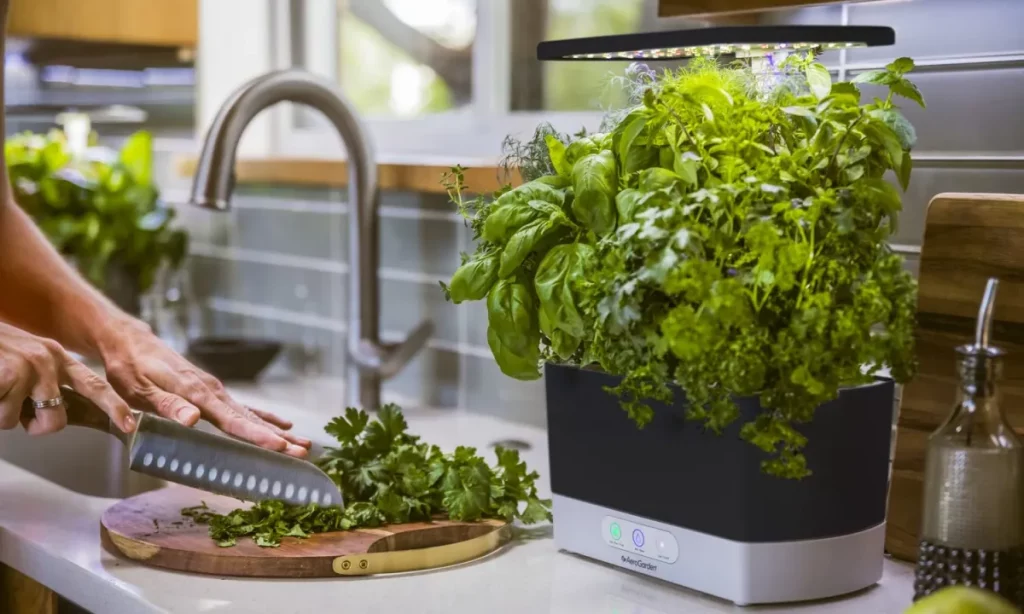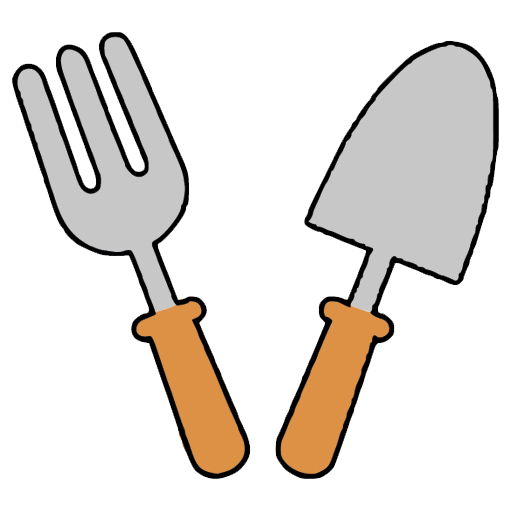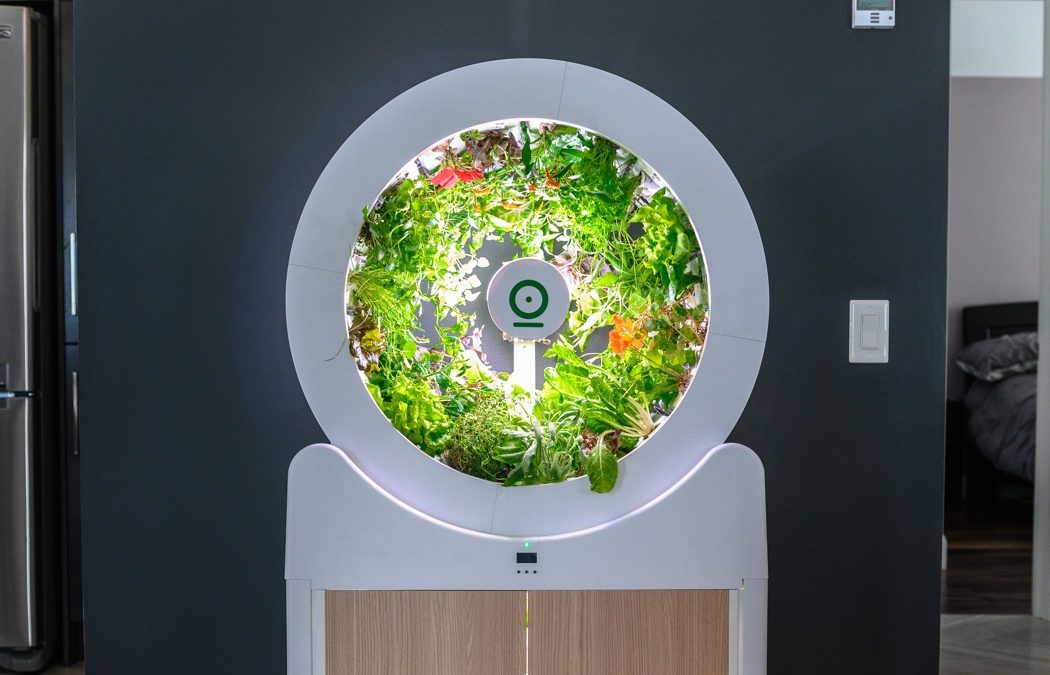Indoor smart gardens make growing herbs, salad greens, and small plants incredibly easy — even if you don’t have much time, space, or natural light. With built-in lights, automatic watering, and simple controls, the best indoor smart garden systems handle most of the hard work for you.
If you’re completely new to this type of setup, it can help to start with our smart indoor garden beginner’s guide for an overview of how these systems work.
Contents
- 0.1 What Is an Indoor Smart Garden?
- 0.2 Benefits of Using an Indoor Smart Garden
- 0.3 Key Features to Look For in the Best Indoor Smart Garden
- 0.4 Best Types of Indoor Smart Garden for Different Homes
- 0.5 How to Choose the Best Indoor Smart Garden for You
- 0.6 Basic Care Tips for Indoor Smart Gardens
- 0.7 FAQs About Indoor Smart Gardens
- 0.8 Final Thoughts on Choosing the Best Indoor Smart Garden
- 0.9 Related Articles
- 1 Turn Any Space into a Simple Smart Plant System
What Is an Indoor Smart Garden?
An indoor smart garden is a compact growing system that combines containers, built-in grow lights, and automatic watering. Most units use either soil pods or hydroponics to deliver water and nutrients directly to plant roots.
Common features include:
LED grow lights that mimic natural sunlight
Timers or app controls for lights and watering
Pre-measured nutrient solutions or pods
Compact designs for countertops, shelves, or windowsills
Instead of guessing when to water or how much light your plants need, a smart garden automates most of the routine care so you can focus on harvesting.

Benefits of Using an Indoor Smart Garden
Indoor smart gardens are popular because they solve many common problems indoor gardeners face.
Year-round growing
You can grow herbs and greens even in winter or in rooms without sunny windows.
Less guesswork
Built-in lights and watering systems make it easier to avoid overwatering, underwatering, or poor light placement.
Space saving
Many models are designed for small kitchens, flats, and office desks.
Beginner-friendly
Pre-seeded pods and clear instructions mean you don’t need much gardening experience to succeed.
According to a Click & Grow Gardening style overview of indoor grow systems, consistent light and controlled watering are two of the biggest reasons smart gardens are so effective for beginners.
Key Features to Look For in the Best Indoor Smart Garden
Not every smart garden is the same. When choosing the best indoor smart garden for your home, it helps to compare a few key features.
Size and capacity
Think about how many plants you actually want to grow. Some systems hold 3–6 pods, ideal for a few herbs, while larger models can handle 9–12 or more.
Light strength and coverage
Look for full-spectrum LED lights designed for edible plants. Adjustable height is useful as plants grow taller.
Watering system
Hydroponic models use a water reservoir and pump; others drip water into soil pods. Larger tanks usually mean less frequent refilling.
Controls and app features
Basic models run on fixed timers, while more advanced systems connect to an app where you can adjust schedules, check water levels, and receive reminders.
Noise level and appearance
If the garden will sit in your kitchen or living room, look for quiet pumps and a design that matches your style.
Best Types of Indoor Smart Garden for Different Homes
Instead of chasing one “perfect” product, it’s better to think about which type of smart garden fits your situation.
Compact countertop smart gardens
Great for small kitchens or flats. They usually grow a handful of herbs such as basil, mint, or parsley. A compact countertop smart herb garden kit is ideal if you mostly want fresh herbs for cooking.
Family-size smart gardens
These have more pods and larger reservoirs, so you can grow salad greens, cherry tomatoes, and chillies alongside herbs. Good if you cook often or share with family.
Slim, vertical smart gardens
Tall, slim units take up less floor space but give you more growing capacity. These suit people who want a bigger harvest but don’t have a lot of counter space.
Decorative smart planters
Some models are designed to look more like modern decor, with stylish pots and softer lighting — ideal for living rooms or office spaces.
How to Choose the Best Indoor Smart Garden for You
When you compare options, it helps to think about your goals and habits rather than just the features list.
Ask yourself:
What do I actually want to grow? Herbs only, or also lettuce, strawberries, or small peppers?
How much space do I have? Countertop, shelf, or floor space?
How much maintenance do I want to do? Some systems need more frequent topping-up or cleaning.
How important is tech integration? Will you genuinely use app controls, or is a simple timer enough?
If you like the idea of growing more food indoors with very little effort, an app-controlled hydroponic smart garden system can be a great investment, as it automates both watering and lighting with clear reminders.
Basic Care Tips for Indoor Smart Gardens
Even the best indoor smart garden still needs a little attention.
Refill the water tank on time
Most units have an indicator light or viewing window. Check it regularly so roots never run dry.
Use the recommended nutrients
Follow the instructions supplied with your smart garden. Using too much fertiliser can cause salt build-up and damage plants.
Clean between growing cycles
Rinse out the tank, wipe surfaces, and remove any old roots or algae. This keeps the system fresh and reduces the risk of mould.
Trim and harvest regularly
Frequent harvesting encourages many herbs and leafy greens to grow bushier instead of tall and leggy.
Place away from direct sunlight
Smart gardens already have built-in lights. Direct sun on top of the unit can cause overheating or uneven growth.
FAQs About Indoor Smart Gardens
1. What can I grow in an indoor smart garden?
Most indoor smart gardens are perfect for herbs, salad greens, and small fruiting plants like cherry tomatoes or chillies. Some systems also support strawberries and dwarf varieties of other vegetables.
2. Do indoor smart gardens use a lot of electricity?
Generally, no. LED grow lights are energy-efficient, and most smart gardens are designed to run on low power compared to traditional lighting.
3. Are smart gardens worth it for beginners?
Yes, especially if you’ve struggled with watering or light before. They remove much of the guesswork and give you quick success, which is motivating when you’re just starting out.
4. How long do plants last in a smart garden?
Herbs and leafy greens can often produce for several months with regular harvesting. Fruiting plants may have a shorter productive period and then need replacing.
5. Do I still need natural light if I have an indoor smart garden?
No, most units are designed to grow plants using only their built-in LEDs. However, placing the garden in a naturally bright room can help the overall look and feel of the space.
Final Thoughts on Choosing the Best Indoor Smart Garden
The best indoor smart garden is the one that matches your space, lifestyle, and the types of plants you actually want to grow. Whether you choose a compact herb unit for your kitchen counter or a larger hydroponic system for year-round salads, these devices make indoor gardening more accessible than ever. Focus on good lighting, simple controls, and a size you’ll comfortably maintain, and you’ll be harvesting fresh greens and herbs with surprisingly little effort.
If you’d like to go a step further and automate even more of your setup, our guide to smart garden automation shows how to connect sensors, timers, and other tools for a fully streamlined system.
Related Articles
LEVEL UP YOUR INDOOR GARDEN SETUP
Turn Any Space into a Simple Smart Plant System
Once you’ve chosen the best indoor smart garden, you can expand your setup with a few smart add-ons. Learn how to combine timers, plugs, and basic sensors to create a DIY smart plant system that saves time and keeps your plants growing smoothly.

